To project changes in profits, we obviously need to look at the expected relative changes in revenues and expenses. Profit growth can only be realized when the dollar value of the change in revenue exceeds the dollar value of the change in expenses.
Within the lodging industry, there are other metrics that have historically been reliable indicators to measure the potential for hotel profit growth. One is the change in revenue per available room. Using data from our annual “Trends in the Hotel Industry” report, we find an 86% correlation between annual changes in RevPAR and gross operating profit from 1960 to 2016. This implies that changes in RevPAR do provide a very strong indication of changes in GOP.
The strong relationship between changes in RevPAR and changes in GOP becomes evident when analyzing data from the trends report. From 2015 to 2016, the entire sample of 3,331 operating statements averaged a RevPAR increase of 2.6%, while GOP for the sample grew by 3.7%. However, when stratifying the sample by the magnitude of RevPAR change, we see a linear relationship between RevPAR change and GOP change.
Composition of RevPAR
Changes in RevPAR are dictated by the relative increases and decreases of occupancy and average daily rate. As shown in the chart below, hotel RevPAR growth typically is dominated by occupancy gains during the early stages of an industry recovery. Conversely, as industry performance approaches the top of the business cycle, occupancy growth slows and ADR growth drives RevPAR increases. GOP growth can occur when RevPAR gains are driven predominantly by occupancy, or by ADR.
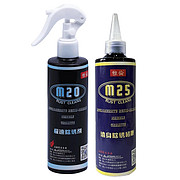
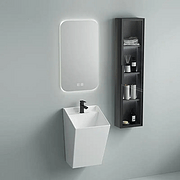
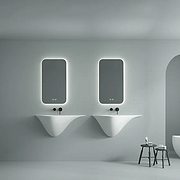
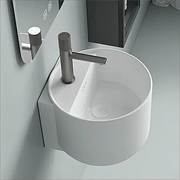
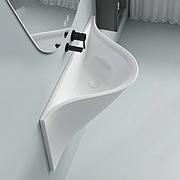





Service Hotline
Work Time:Mon-Fri 9:00-18:00
UTC+8

Sinoexpo Digital Platform
Copyright 2006-2024 Shanghai Sinoexpo Informa Markets International Exhibition Co., Ltd. All rights reserved
沪ICP备05034851号-77
 沪公网安备 31010402000543号
沪公网安备 31010402000543号